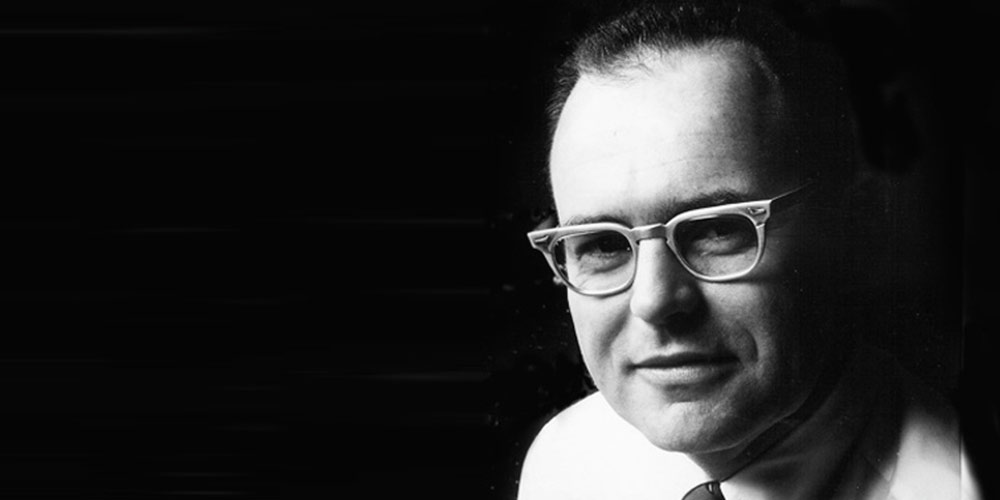It started in 1959 when Douglas Engelbart discussed the future of integrated circuit size in the article "Microelectronics, and the Art of Similitude." There he presented his ideas at the 1960 International Solid-State Circuits Conference.
At that time, Gordon Moore was one of the audience.
Then in 1965, Moore who was the director of research and development at Fairchild Semiconductor, was asked by Electronics Magazine to predict the future of semiconductor components industry in the next 10 years.

He observed the number of transistors, resistors, diodes or capacitors in an integrated circuit, and saw that they had doubled in numbers approximately every year.
In an article published on April 19, 1965, Moore responded by saying:
He speculated that by 1975, it would be possible to contain as many as 65,000 components on one quarter-inch semiconductor.
Moore's forecast was then popularized by Caltech professor scientist and engineer Carver Mead, later known as "Moore's law".
While Moore's law was widely accepted as the goal for the semiconductor industry to increase processing power, the law needed another revision due the cost of computer power to the consumer that falls: R&D, manufacturing, and test costs have increased steadily with each new generation of chips.
In 1975, Moore revised his forecast rate to approximately double every two years.
Since the rising costs for manufacturing chips, Moore's second law was created. The law was also called the "Rock's law", which concluded that the cost of a semiconductor chip fabrication plant doubles every four years. Not anymore double every year (Moore's first law) or double every two years (Moore's revised law).
This reasoning include the capital cost of semiconductor that increases exponentially, and the relationship between device complexity and time.